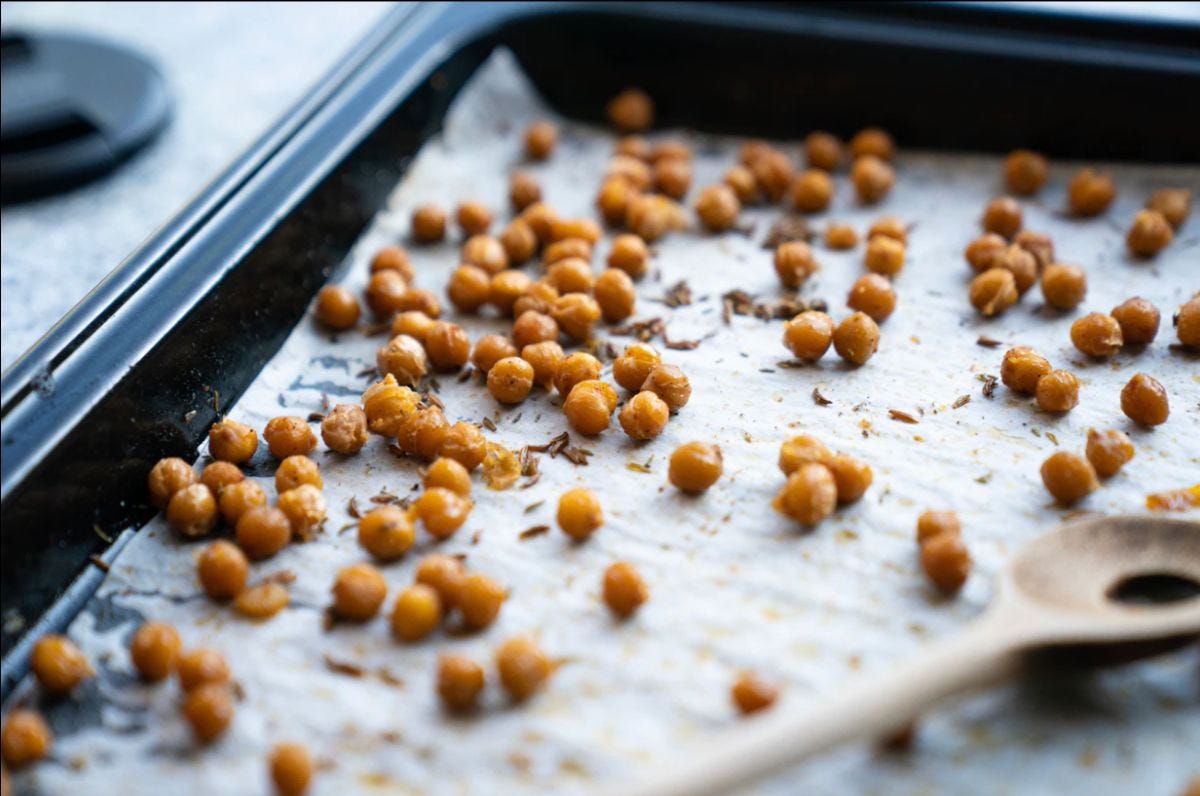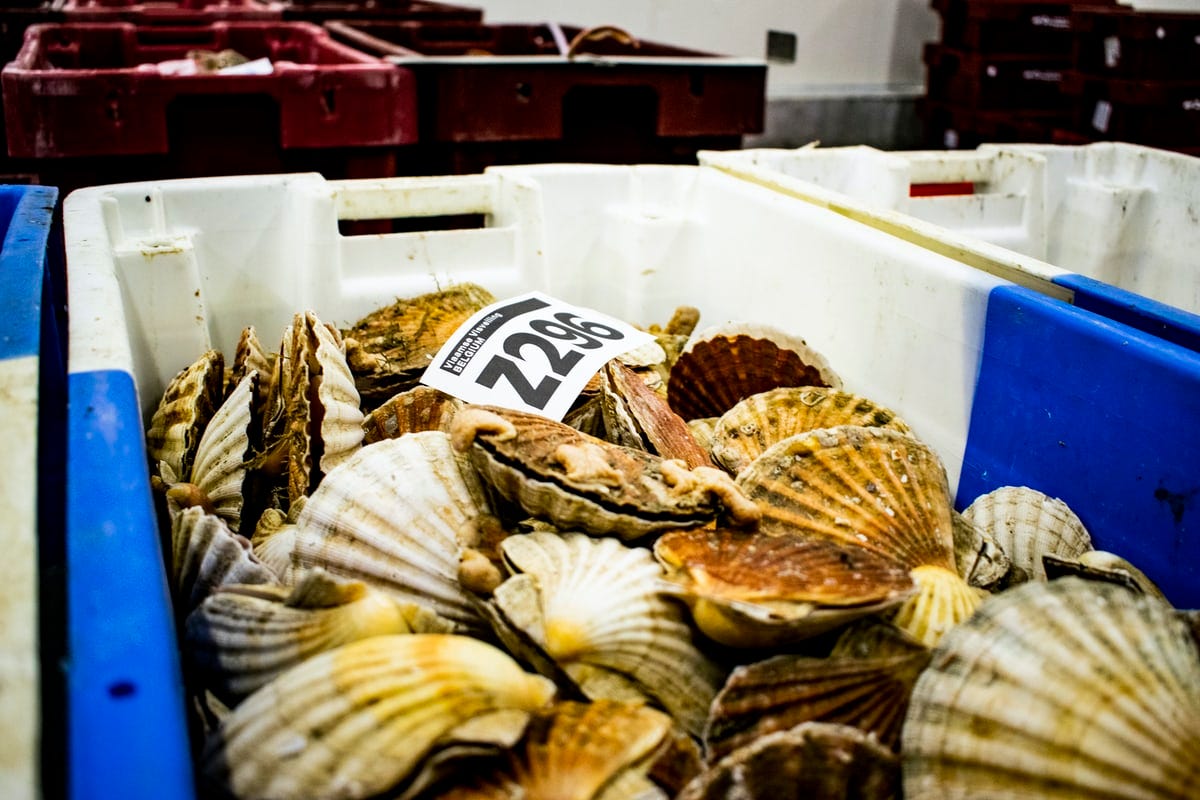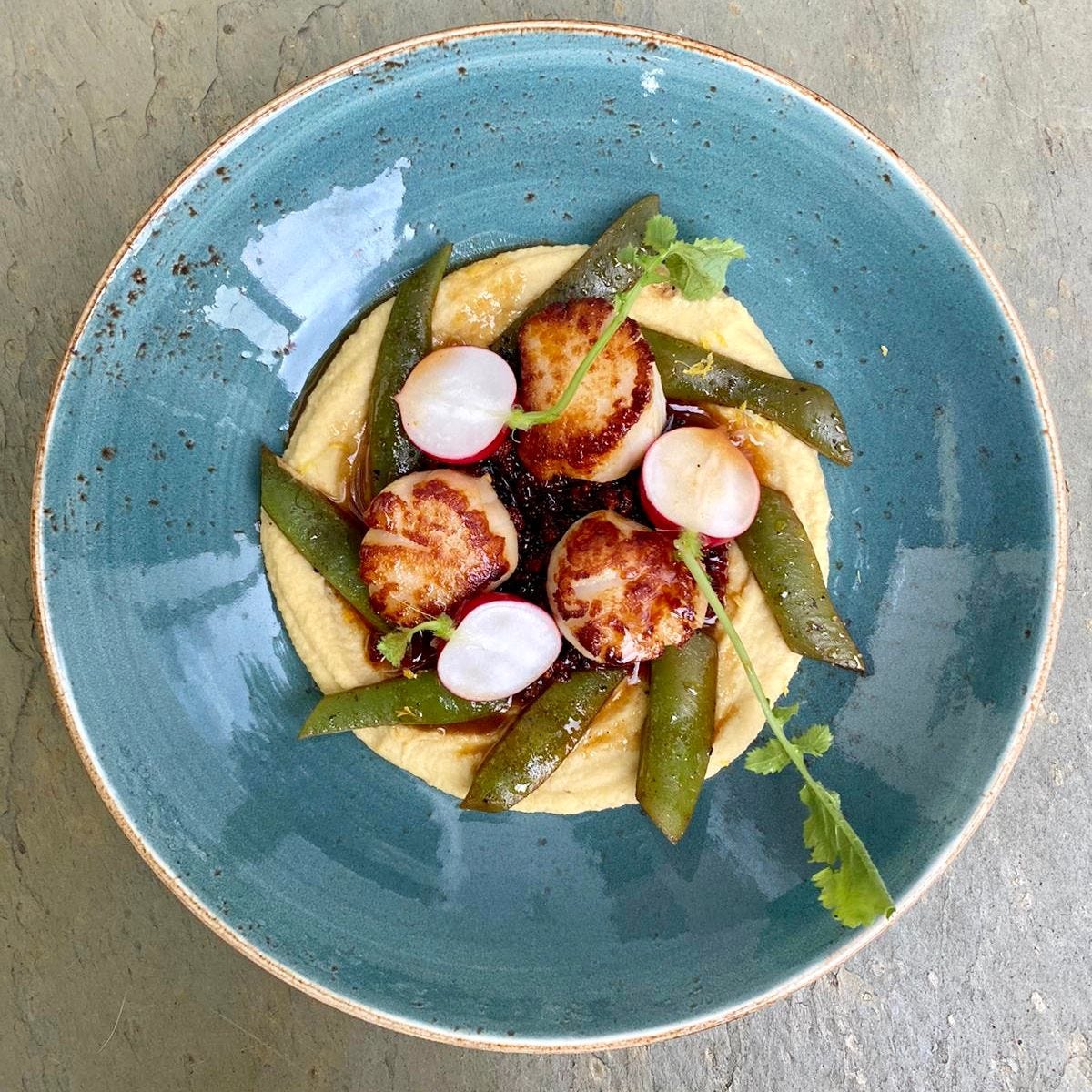You’ll like this one
It’s been a while since we’ve done a fish dish so this week we’re going a bit fish-fancy with a recipe for scallops, ‘nduja, chickpeas and runner beans.
This isn’t a ‘classic’ recipe, nor is it exclusively Italian. However, I like it and think it works well. So that’s the end of the discussion really.
This week’s album
Blue Slide Park by Mac Miller
I could have chosen any one of Mac Miller’s albums but this is his debut and the one that introduced me to his music. It’s named after an area in Pittsburgh where Miller grew up, and was the first independently distributed album to top the Billboard charts since 1995. Pretty impressive for a 19-year-old.
A dish inspired by Italian cooking
As mentioned, this dish isn’t strictly Italian. Having said that, it takes its roots from Italian cooking in more ways than one. Four ways to be exact…
1. How we cook the runner beans
Two words Italians love are ‘al dente’. Yet as much as they harp on about cooking pasta like this, they do the complete opposite when it comes to cooking veg.
While in the UK we usually cook our veg - especially green ones - with a bite, a lot of Italian recipes have an extended cooking time for veg to really soften them. In a lot of instances, like our recipe this week, this works well.
2. ‘Nduja
Pronounced en-DOO-ya. ‘Nduja is a particularly spicy, cured pork salami from Calabria in southwest Italy. It’s a lot softer than a typical salami, and you may even think it’s ‘raw’. It isn’t.
Traditionally you eat ‘nduja by spreading it on bread or with cheese, but this week we’re going to cook it a little. A word of warning: it is spicy.
Can’t handle the heat? Substitute it with sobrassada - a very similar, but less spicy, product from Mallorca. You can find it in supermarkets or any decent deli.
‘Nduja: the savoury equivalent to Nutella, i.e. just about perfect when spread on bread.
3. Scallops
Scallops are used across various different Italian recipes and regions. If you have time, go to a fishmonger to get them. You’ll be able to find big, plump, hand-dived scallops which are incredible.
They can be quite expensive (about £3 each) but are totally worth it. The sweet, meaty flesh is one of the best things you can eat and it stands up well to the strong flavour of the ‘nduja.
4. Chickpeas
If you’re yet to arrive at the chickpea party then consider this recipe your invitation. It’s a great party.
Chickpeas are used all over Italy - from top to bottom - but for some reason aren’t considered as much over here when thinking of Italian recipes. In our dish we’re going to blend them to make something between a purée and a sauce which will bring all the other ingredients together.
Chickpeas: great in hummus, but also baked, puréed, and generally devoured.
What you need
The below serves 2 people as a main (3 as a starter). It takes 15 mins to prep and 30 mins to cook.
6 large hand-dived scallops (removed from shell and cleaned)
120g runner beans (de-stringed and cut into 4cm lengths)
3 tbsps red wine vinegar
1 clove garlic (lightly crushed)
400g can of cooked chickpeas (drained)
6 tbsps extra virgin olive oil
80g ’nduja (roughly chopped / broken into pieces)
4 radishes
1 lemon
Salt and pepper
Got your race number? Hand-dived scallops clearly ready to run a marathon.
Ready, steady, cook
1. Carefully remove your scallops from their shells and then from the coral and skirt. In fact, to be honest, save yourself some hassle and ask your fishmonger to do this.
Carefully rinse the scallops in cold water and place them on some kitchen paper. Pat the top with some more kitchen paper and then leave to air dry whilst you prep the rest of the ingredients.
2. Place a pan of salted water onto the boil. Get your beans and use a peeler to remove the stringy part that runs along the edges. When the water is boiling cook your beans for 6 mins, or until tender.
Whilst they’re cooking, get a small bowl and add 2 tbsps of olive oil, the red wine vinegar, the garlic clove, and a pinch of salt and pepper to it. After the 6 mins, drain the beans and transfer them to this bowl. Mix well, cover with cling film, and leave to one side. These will be added to the dish warm / at room temp later on.
3. Get a blender and add to it your drained chickpeas, 4 tbsps of olive oil, 5 tbsps of warm water, the juice of ½ a lemon, and a good pinch of salt. Blend until a smooth purée is formed. If needed, add a little more oil and water. Transfer to a small pan to warm up later.
4. Pick off any ‘sadder’ looking leaves from the radishes but try to leave some as the stems and leaves are delicious. Rinse the radishes well and slice in half. If you like them extra crunchy place them into a bowl of iced water until needed. This isn’t totally necessary but it does make them really fresh.
5. Add the chopped / broken up ‘nduja to a cold non-stick pan and place on a medium heat. It will start to render down and look something like a ragù. After 3-4 mins, transfer to a bowl. Wipe the pan with kitchen paper and return to a medium-high heat.
6. Put your chickpea purée on a low heat to warm it up, stirring occasionally.
7. Now, time for the most important bit… Cooking the scallops.
NOTE (this could be a game-changer for you): There is a correct and incorrect side to cook scallops on first. If you look closely at the scallops you’ll notice that one side is flatter and more of an oval shape. This is the side that needs to go down into the pan first. This will ensure a more even colouring. It’s not essential, but it will certainly look nicer. And looks are everything. Just ask Hollywood.
Add 2 tbsps of oil to the frying pan from step 5 and allow it to heat up for a moment. Carefully place the scallops into the pan. There should be significant ‘sizzle’ but you don’t want it to be too aggressive. Increase or decrease the heat as necessary. Press the scallops down lightly with the back of a spoon to ensure good contact between the scallop and the pan - this is where choosing the right side is noticeable. Cook on this side for approx. 3 mins, or until golden brown, and avoid moving them around too much.
After the 3 mins, lower the heat and flip the scallops over. Cook on the other side for a minute or so, then switch off the heat and leave to rest. We’re not aiming for colour on this side, we just want to finish the cooking.
When ready, the scallops should be springy to the touch and be just hot in the centre. You can test them with a metal skewer or a kitchen thermometer (55°c is the ideal temperature). Do not overcook. You’ll regret it more than that first-day-of-the-holiday-sun-burn you got last year.
8. Now let’s bring it all together…
Add a good amount of your chickpea purée to the bottom of the plate and spread it out with a spoon to form a circle like you're cookings's answer to Frank Sinatra.
Scatter the runner beans over the purée, followed by the ‘nduja in the centre. Place the scallops on top of the ‘nduja.
Squeeze the juice from the remaining half a lemon into the scallops pan, along with a tbsp of the marinade from the beans, and mix with the pan juices. Finally, add the sauce over the scallops.
Final thought
You’ll notice I said this recipe serves 3 as a starter (you could stretch it to 4 by adding a couple more scallops and leaving the quantities of everything else as they are).
A lot of people like starting with scallops but, thanks to the addition of the ‘nduja and chickpeas, I think this dish is best as a main. It’s got pretty much everything you need.
Enjoy your time in the kitchen.
Save time next week,
Fraser
Last week’s results
Painting a pretty picture?
Tag your dishes with #eatmywordslondon, or hit reply to this email with a photo.










